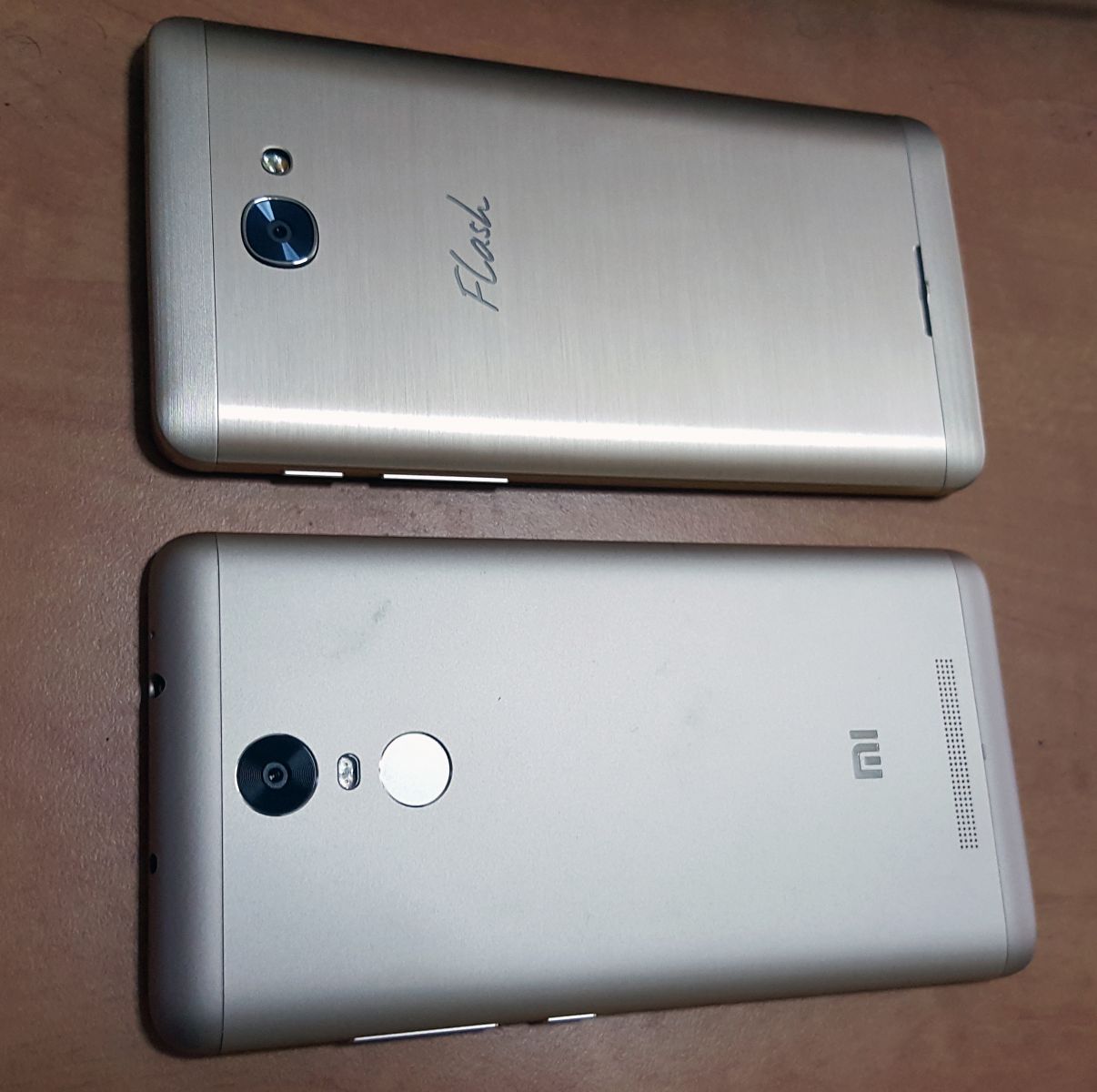Review: Flash Plus 2 misses the mark
By Ajith Ram June 3, 2016
WHAT is your opinion of the Flash brand? Come on, admit it. It is hardly a brand which jumps out when you think of smartphones. In a market flooded with advertising from the likes of Apple, Samsung and Huawei, one would be tempted to ask Flash who?
This does not mean that the company's smartphones are a laughing matter. In fact, judging by the previous Flash phones, the new Flash Plus 2 might be something to look forward to.

Design
It is amazing how similar smartphones are beginning to look these days. So much so that if you exclude the manufacturer logos, it would be hard to distinguish between them at a distance, even between those in different categories.
The Flash Plus 2 is a unimetal body smartphone - similar to the Oppo F1 Plus and last year's Huawei Nexus 6P. But unlike these phones, the Flash Plus 2 is priced for the budget market. So it would be more appropriate to compare it to the Xiaomi Redmi Note 3.
See the rear of the two phones below side by side.

It could be argued that the the Flash Plus 2 with its pronounced brushed metal back and a front screen with an invisible bezel (when not lit) is the better looking phone.
The volume and power buttons are on the right edge while the micro USB 2.0 port is at the bottom left. It is a pity that the Plus 2 does not have the newer Type C USB port. At just 157gms, it is not too heavy either.
Display Matters
The Flash Plus 2 has the bog standard Full HD LCD display. Although there are no surprises here, the display is on par with the best smartphones in the budget market segment. Even in its battery-saving setting, the display is bright and clear.
One interesting touch in the Plus 2 is the slightly raised edges that adorn all four sides of the screen. This ensures that the screen itself is never in full contact with a flat surface if you end up placing the phone upside down. Although this makes the Flash Plus 2 less likely to pick up scratches, a full-fledged screen protector would not go amiss.
Internal Hardware
Like many mid-range and budget smartphones, the Flash Plus 2 (like the Oppo F1 Plus) is powered by a MediaTek MT6755 Helio P10 processor. The CPU in the Helio P10 consists of a quad core 1.8 GHz Cortex-A53 ARM CPU and another quad core 1.0 GHz Cortex-A53 CPU. The faster quad core CPU kicks in when a more demanding application requires it. The GPU is a Mali-T860MP2 from ARM as well.
The Flash Plus 2 is available in two memory configurations. The basic version with 16GB of storage has 2GB of RAM while the more expensive one with 32GB of storage has 3GB of memory. Both versions have a dedicated microSD slot which can accommodate a 128GB card if required.
Camera
The Flash Plus 2 has a 13 megapixel rear camera and a five megapixel front camera. With an ability to record 1080p videos and a smaller sensor size than those in the premium phones, the rear camera specifications are nothing to write home about.
The same applies to the available camera settings. The Flash Plus 2 does not provide a full-fledged manual mode like the mid-range and premium smartphones. You have some control over white balance and exposure. There are also some preset settings such as Face Beauty, Gesture Shot, Smile Shot and Kids Mode.
So how does the image quality of the Flash Plus 2 compare to those of other phones in its price range?
In day time, the image quality can be described as adequate. But the real test of a smartphone camera these days is at night or in shadow.
See below a photo taken with the Flash Plus 2 at night.

And a photo of the same location taken with the Xiaomi Redmi Note 3.

Unfortunately, at least at night, it feels as if the Plus 2 has gone back a few generations in smartphone camera quality. Very surprising to say the least.
And just for comparison, see the photo taken with a high-end Galaxy Note 5. As the saying goes, the difference is like day and night.

Battery and Performance
The Flash Plus 2 has a 3,000 mAh battery. Again, compared to the Redmi Note 3 which is in its price range, it is considerably lower. In our PCMark battery test, the Flash Plus 2 lasted six hours and 20 minutes. This compares well with a more expensive phone such as the Oppo F1 Plus.
Considering that both the Oppo F1 Plus and the Flash Plus 2 use the same Helio P10 processor, it is no surprise that both devices have identical 3DMark scores. But compared to the Xiaomi Redmi Note 3, the Flash Plus 2 is considerably slower.
Software
The Plus 2 ships with Android 'Lollipop' 6.0. As expected, since it is a budget smartphone, unique high quality apps are rather thin on the ground. The device ships with the usual gallery of Google apps such as Gmail and YouTube. The best ones have to be downloaded from the Play Store.
Conclusion
With one eye firmly on the budget smartphone segment, how should we rate the Flash Plus 2? Although excellent in terms of physical design, the Plus 2 is simply outclassed by other devices, particularly those from Chinese manufacturers such as Xiaomi. Saddled with mediocre performance and a woeful camera, the Flash Plus 2 is likely to have a tough time in the crowded market.
Rating: 3 out of 5


Related Stories:
Slugfest: Oppo F1 vs Apple iPhone 6
Review: Asus ZenFone Selfie vs Asus ZenFone 2 Laser
Review: Xiaomi Redmi Note 3’s bang for the buck
For more technology news and the latest updates, follow us on Twitter, LinkedIn or Like us on Facebook.


